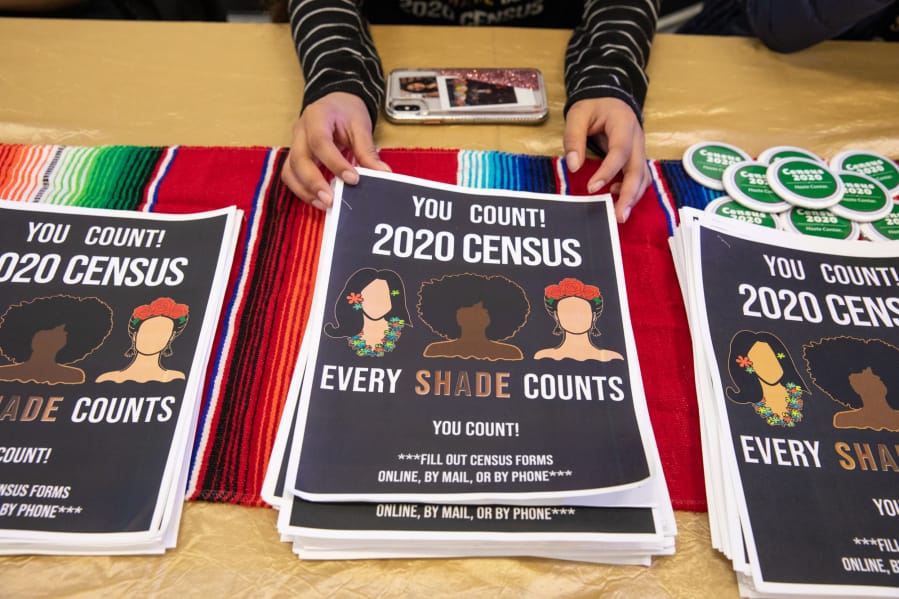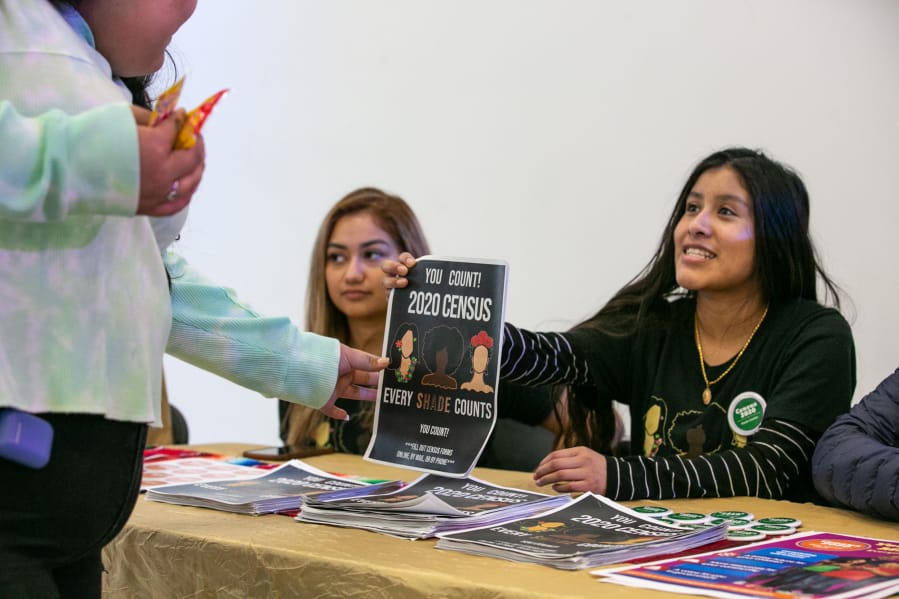Census calendar of events
• March 12: Invitations to respond online begin to arrive.
• April 8: First paper questionnaires are sent to mailboxes.
• May 1: Enumerators begin knocking on doors. Follow-ups will continue through the end of summer.
• Dec. 31: Census data lands on the president’s desk.
Worried about fraud? Here’s what census won’t ask for
According to Toby Nelson, Western media contact for the U.S. Census Bureau, census scams were uncommon in 2000 and 2010. But in case you’re worried about disclosing personal information to a thief, here’s what a census enumerator will NOT ask for:
• Money
• Political donations
• Your Social Security number
• Bank information
• Your mother’s maiden name
• Your citizenship status
Additionally, Nelson said, keep an eye on the websites you visit in relation to the census — all official census business will take place on a site with a web address ending in “.gov,” not “.com” or “.org.” All U.S. mail correspondence will come from Jeffersonville, Ind., or Phoenix, Ariz.
If you have any questions or concerns about a census enumerator, ask to see an identification badge and note the enumerator’s name. Responders can verify an enumerator’s identity by calling 800-992-3530.
Quick tips
• Self-respond. The easiest and fastest way to fulfill your census obligation is on your own time. You can respond starting March 12 by filling out the questionnaire online at 2020census.gov. Starting April 8 you can respond by calling one of the toll-free numbers on your mailed questionnaire and answering the questions by phone, or by returning your paper questionnaire by mail.
• Be specific. Whenever possible, use the write-in option to include your specific race. For example, if you or your family is from Chuuk, don’t just check the box that says “Native Hawaiian and other Pacific Islander” — check that box, and then also write in Chuukese.
• Keep April 1 in mind. If you split your time between multiple residences, the rule of thumb for census purposes is to record where you usually sleep as of April 1.
• Count everyone. That includes newborns, exchange students, foster children, extended family members, etc. If they live under your roof, they count as part of your household.
Who doesn’t have to fill out a census form?
People living in group facilities on April 1 may not have to complete individual census questionnaires. Bureau employees and a building representative will ensure everyone is counted. Group facilities include:
• Nursing homes
• College dormitories
• Group homes
• Military barracks
• Shelters
• Correctional facilities
• Psychiatric facilities






